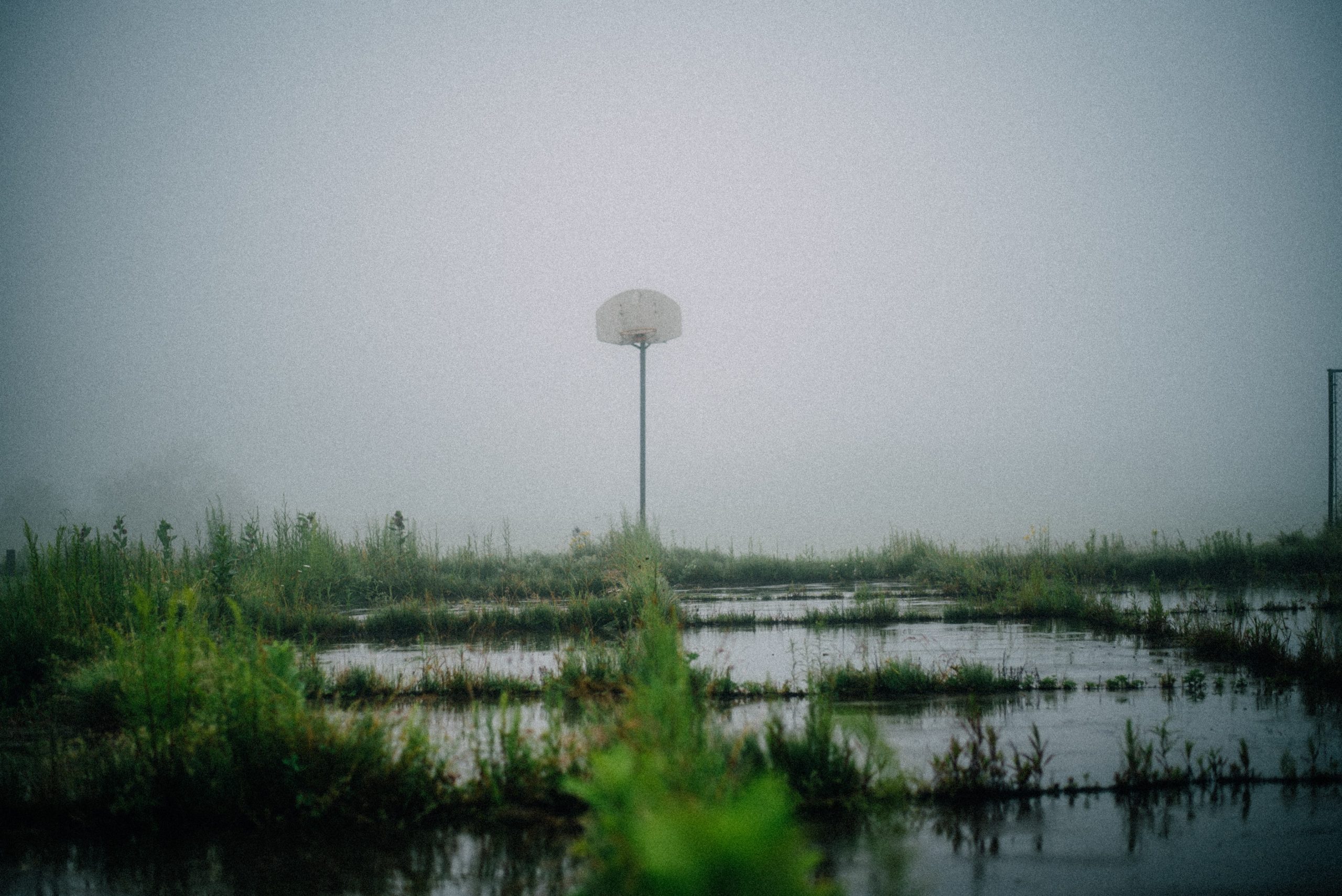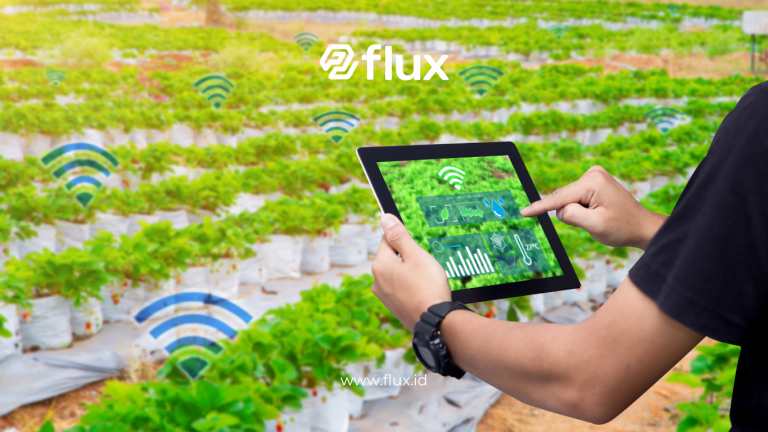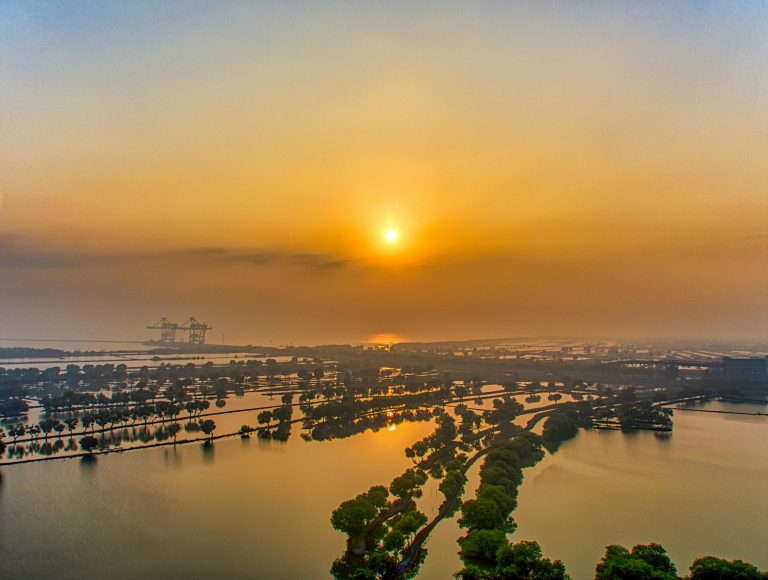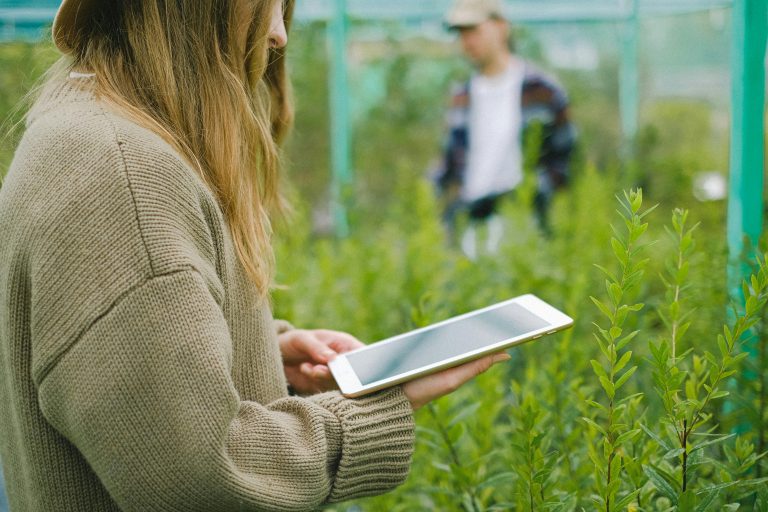Don't miss our holiday offer - 20% OFF!
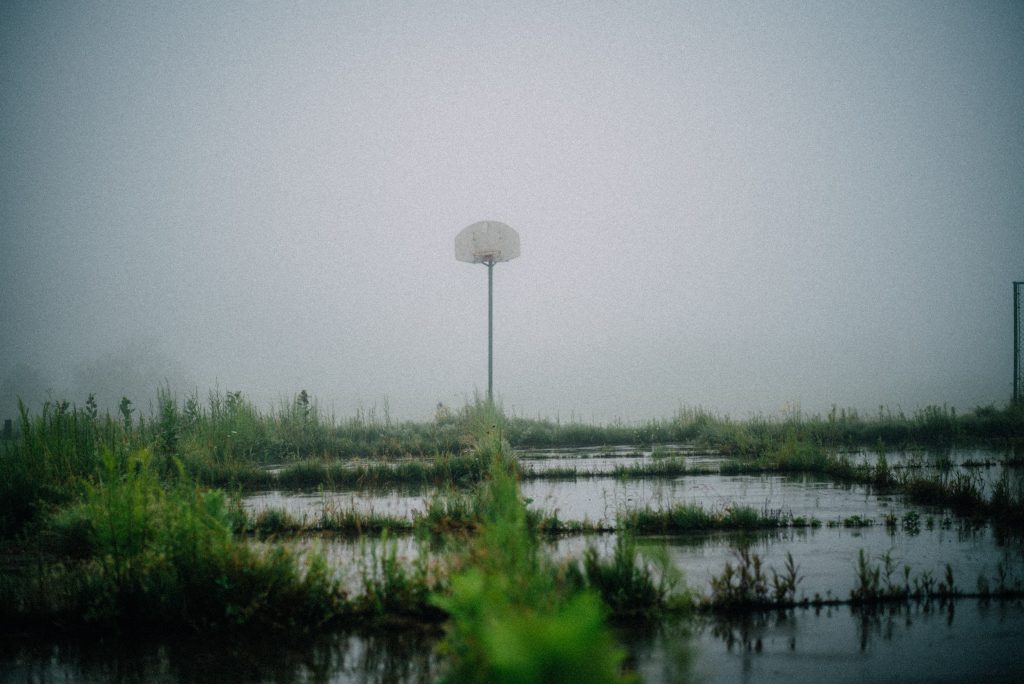
Read also : Comfort and Security with Smart Living Technology
Floods are natural disasters that often threaten human lives and property. While floods have been a known phenomenon for a long time, gaining a deep understanding of the factors influencing them and how to manage them remains a challenge. However, with the advancement of camera and image sensor technology, we now have powerful tools to comprehend and address flood-related issues more effectively.
Contents
How Camera Sensors Work in Flood Monitoring
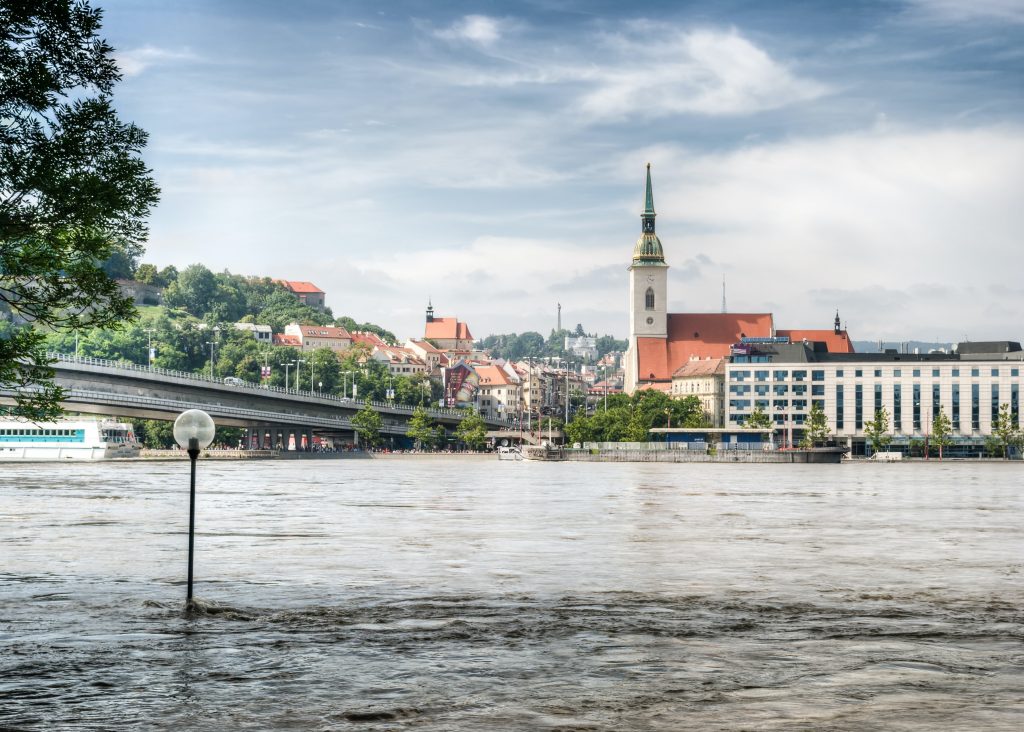
Read also : Utilizing IoT in Flood Monitoring and Early Warning Systems
Modern camera sensors have undergone rapid development in recent years. They can not only capture high-quality images but also come equipped with advanced image processing capabilities. In the context of flood monitoring, camera sensors can be used for:
Early Detection
By employing camera sensors placed at various strategic points, we can detect rising water levels early. These sensors are capable of identifying river water levels or ongoing floods and providing early warnings to residents and relevant authorities.
Weather Monitoring
Camera sensors can also integrate relevant weather data into flood monitoring. This allows us to better understand weather conditions and how they can affect potential flooding in the future.
Assisting Evacuations
When floods occur, camera sensors can provide clear visual images of the affected areas. This information can be used to direct evacuation efforts and provide assistance to those in need.
The Role of Imaging in Flood Analysis
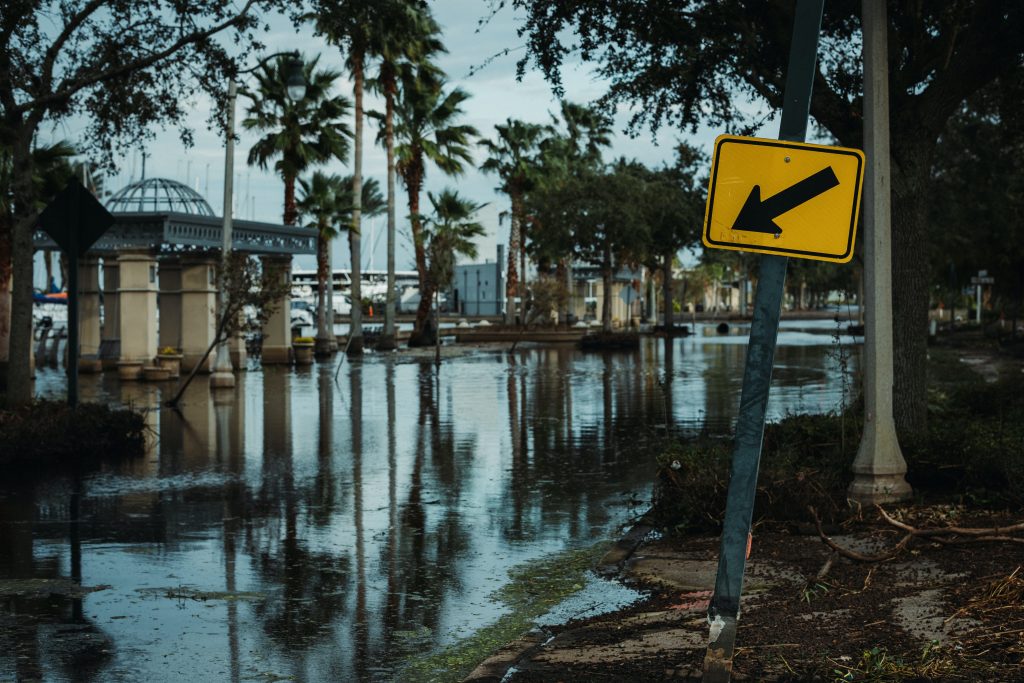
Read also : Security and Privacy in Connected Parking Systems: Challenges and Solutions
In addition to camera sensors, imaging technology plays a vital role in flood understanding. Image processing can help us:
Mapping Flood Impact
By taking images before and after a flood event, we can create clear maps of the flood’s impact. This enables us to identify the most affected areas and plan efficient recovery efforts.
Water Flow Analysis
With imaging technology, we can analyze how water moves during a flood. This information can be used to design better infrastructure and reduce future flood risks.
Public Awareness and Education
Images and visuals generated by this technology can also be used to increase public awareness of flood dangers. With powerful visualizations, we can explain the complexities of floods more effectively to the public.
Conclusion
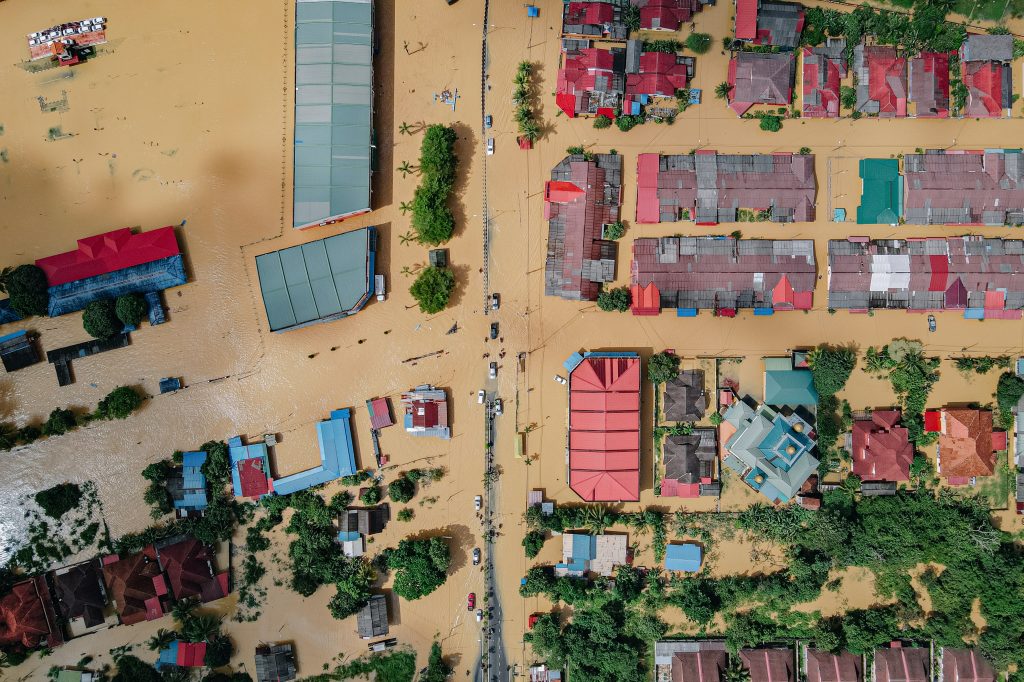
Read also : Security and Preparedness Enhanced by Smart EWS Technology
Camera and image sensor technology have brought significant changes to our understanding of floods. They assist in detection, analysis, and more efficient solutions for natural challenges. By continually developing and harnessing this technology, we can hope to mitigate the adverse effects of floods and improve safety and quality of life.


